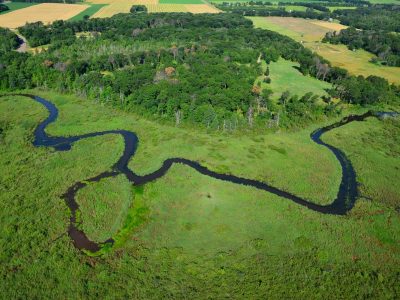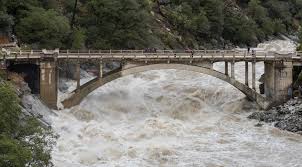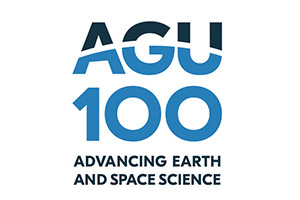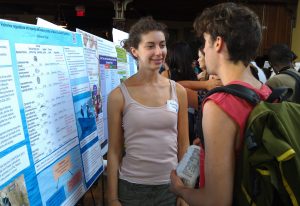You don’t know what you’ve got ‘til it’s gone – or at least threatened
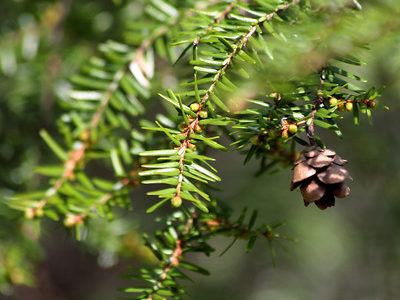
Credit: Jack Pearce via Flickr (CC BY-SA 2.0)Species that are abundant often go ignored by conservation planning until an acute threat to their populations emerge – and by then, sometimes it’s too late. According to a new article in the journal Ecosphere, common species are often critically important as structural, dominant, or foundation species in… Read more »


